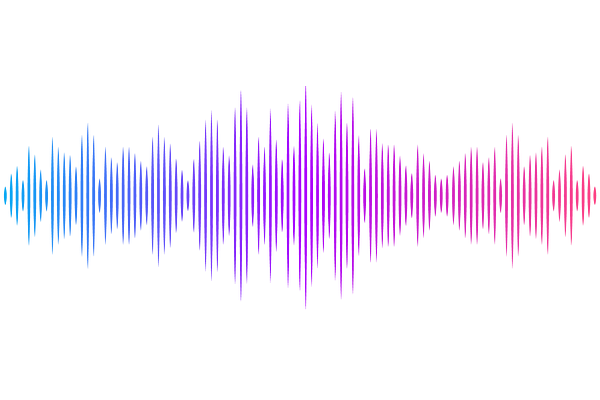Drosophila larvae demonstrate associative learning and memory in response to thermal conditioning

Drosophila larvae demonstrate associative learning and memory in response to thermal conditioning
Polizos, N. T.; Dancausse, S.; Rios, C.; Klein, M.
AbstractOrganisms have evolved the ability to detect, process, and respond to many different surrounding stimuli in order to successfully navigate their environments. Sensory experiences can also be stored and referenced in the form of memory. The Drosophila larva is a simple model organism that can store associative memories during classical conditioning, and is well-suited for studying learning and memory at a fundamental level. Much progress has been made in understanding larval learning behavior and the associated neural circuitry for olfactory conditioning, but other sensory systems are relatively unexplored. Here, we investigate memory formation in larvae treated with a temperature-based associative conditioning protocol, pairing normally neutral temperatures with appetitive (fructose, FRU) or aversive (salt, NaCl) stimuli. Associative memory is tested using thermal gradient geometries, and we quantify navigation strength towards or away from conditioned temperatures. We find that larvae demonstrate short-term associative learning. They navigate towards warmer or colder temperatures paired with FRU, and away from warmer temperatures paired with NaCl. These results, especially when combined with future investigations of thermal memory circuitry in larvae, should provide broader insight into how sensory stimuli are encoded and retrieved in insects and more complex systems.